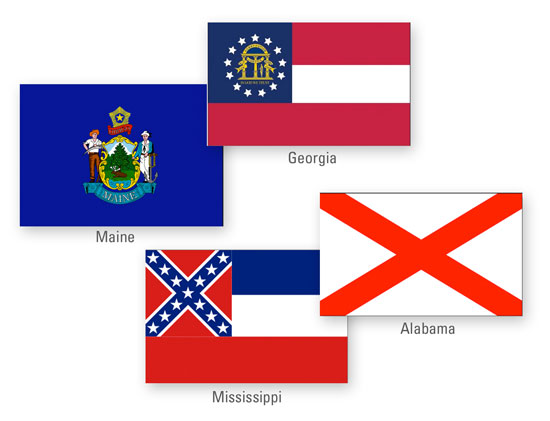Sustainable Building with SFI Certified Wood
There are a plethora of tools that exist in the green building community that recognize the value of multiple forest certification standards. However, a major driver in the green building community is the U.S. Green Building Council's (USGBC) Leadership in Energy and Environmental Design (LEED) rating tools. Since USGBC's inception, the LEED rating tools have only recognized FSC's certification standard.
More market leaders are supporting all forest certification standards. Both federal and state governments have taken notice with their own actions aimed to provide incentives for using local wood products in green building projects while providing a market incentive for landowners to adopt or maintain sustainable forest practices. Furthermore, green building plays an important role in government policy, as government agencies strive for energy efficiency, greenhouse gas reductions, and other sustainability goals. In fact, 30 percent of all U.S. acres certified to the SFI standard are publicly owned.
By way of example, the U.S. Department of Agriculture in a September 2011 news release announcing their program to promote wood in green building stated, “Sustainability of forest products can be verified using any credible third-party rating system, such as Sustainable Forestry Initiative, Forest Stewardship Council or American Tree Farm System certification.” Agriculture Secretary Tom Vilsack urged U.S. builders to prioritize wood in green buildings, stating that the review of scientific literature found that using wood yields fewer greenhouse gases than the application of other common materials.
Elected officials in several states, including Alabama, Georgia, Maine, and Mississippi, have taken direct action through Governor executive orders or legislation to prohibit the use of a green building rating system that does not give equal credit to SFI, FSC, and ATFS.
Mississippi's legislation directs that, “any new or expanded state buildings shall incorporate 'Green Building' standards that give certification credits equally to forest products grown, manufactured, and certified under the Sustainable Forestry initiative, the American Tree Farm System, and the Forest Stewardship Council.”
 |
States that have taken direct action through Governor executive orders or legislation to prohibit the use of a green building rating system that does not give equal credit to SFI, FSC, and ATFS. Illustration courtesy of SFI Inc. |
Government action from international markets is also apparent. The United Kingdom's Central Point of Expertise on Timber views forest certification as a proof point to ensure the products meet both legality and sustainability requirements. This is increasingly important as a 2012 report by the United Nations Environment Program and Interpol estimates that illegal logging activity accounts for 50-90 percent of all logging in certain tropical countries of Central Africa, South America, and Southeast Asia, and that this criminal trade is worth $30-100 billion annually worldwide. All forest certification standards assess and address the risk of illegal logging.









